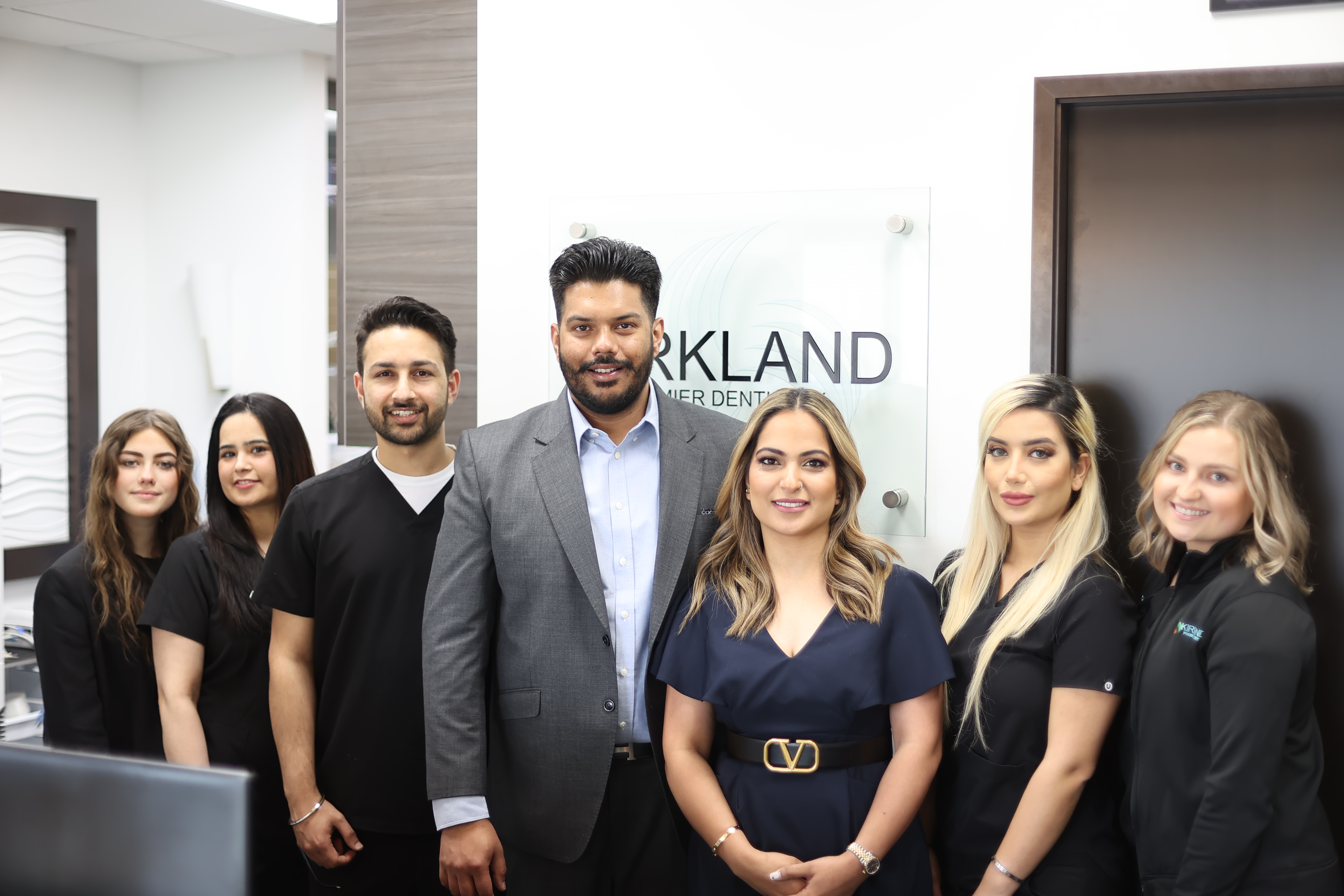
Sedation Dentistry

If you have ever had a complicated dental treatment like a root canal, extraction, or oral surgery, you would realise that after the procedure is over, you usually have no recollection of the time taken, the pain, the noise, or the discomfort you anticipated.
Sedation dentistry is a comfortable, safe, effective and beneficial option for patients who have apprehension or anxiety of being at the dentist, find it hard to sit still for long periods and do not easily get numb from anaesthetics.
Patients with bad gag reflex, over-sensitive teeth, limited time, complex dental problems and those who hate needles, shots and noises of the procedure are also ideal candidates for Sedation Dentistry.
What is Sedation Dentistry?
Sedation dentistry enables the doctor to perform many dental treatments safely and comfortably for patients who experience anxiety and restlessness when visiting the dentist.
The several benefits of sedation dentistry include
- No recollection of undergoing the complicated procedure
- No sense of time spent on the procedure
- No feeling of smell or sound
- No fear or apprehension during the treatment
A procedure using sedation dentistry is a simple, relaxing way to experience dentistry.
Levels of Sedation
Sedation dentistry has nothing to be anxious about. Closely regulated by law, there are three sedative states at which a dentist can administer the patient undergoing treatment:
Mild Sedation - The lightest form of sedation dentistry, Anxiolysis is often used for patients with lesser anxiety and fear, lengthy procedures, or more complex situations. It is usually administered orally.
The patient remains awake or very sleepy throughout the entire proceeds. Though the patients can breathe on their own, they feel a great sense of relaxation. Recovery from anxiolysis sedation happens within a few hours after the procedure is complete.
One more form of mild to moderate sedation that results in relaxation during treatment is Nitrous oxide inhalation (laughing gas)
Moderate Sedation - The patients with medium dental anxiety, who need longer or more complex treatments, conscious sedation often implies the use of light IV sedation. The patient remains awake throughout the procedure but is in a deep state of comfort and relaxation.
The patients who receive conscious sedation are recommended to bring along a parent, spouse, or friend with them to the appointment because it can be several before the sedative wears off making the driving unsafe.
Deep Sedation - A deep sedation makes the patient oscillate between consciousness and unconsciousness during the dental procedure. There is usually no recollection of the treatment afterwards and patients are unable to respond to commands even if awake at times during the treatment.
The patients who receive deep sedation are also advised to bring along a parent, spouse, or a friend to accompany them as it can take many hours for the sedative to wear off.
Administration of Sedatives
Inhalation - Nitrous oxide or laughing gas is one of the safest, lightest and most frequently used methods for easing mild to moderate anxiety. Non-allergenic and non-irritating, this gas even manages to lessen gag reflexes & saliva flow. Patients usually feel completely relaxed when sedated with nitrous oxide, during their treatment.
Procedures of Sedation Dentistry
A small mask is placed over the patient’s nose and adjusted ensuring that the patient is comfortable. The patient is breathing 100% oxygen at this juncture. Nitrous oxide is gradually introduced by the dentist. The procedure begins after the patient feels relaxed and comfortable.
After the sedation dentistry treatment, the patient once again receives 100% oxygen for a few minutes after which the patient feels back to normal.
Oral - Given as a pill, this is a very comfortable and economical method but should be taken after consultation with a qualified dentist. Oral sedation is quite effective and delivers a deeper relaxation state as compared to other forms of sedation.
Procedure
The patient is given a prescription pill to be taken about an hour before the appointment. The patient is fully relaxed by the time they reach for the treatment.
IV Sedation or “Intravenous Sedation”- Administered through a drug directly into a vein, IV Sedation is the most chosen and reliable method of sedation when deep sedation is desired. This helps the patient reach a deep state of relaxation and amnesia.
Procedure
An anesthesiologist uses an extremely thin needle to insert the anti-anxiety medicine through a vein close to the surface of the skin.
This puts the patient into a state of deep relaxation, time-lapse and you will not recollect much of or nothing at all of what happened during the procedure. or perhaps even nothing at all, of what happened.
The dentist at Kirkland Premier Dentistry needs to carefully review the patient's medical history to determine if IV sedation is a good sedation option.



